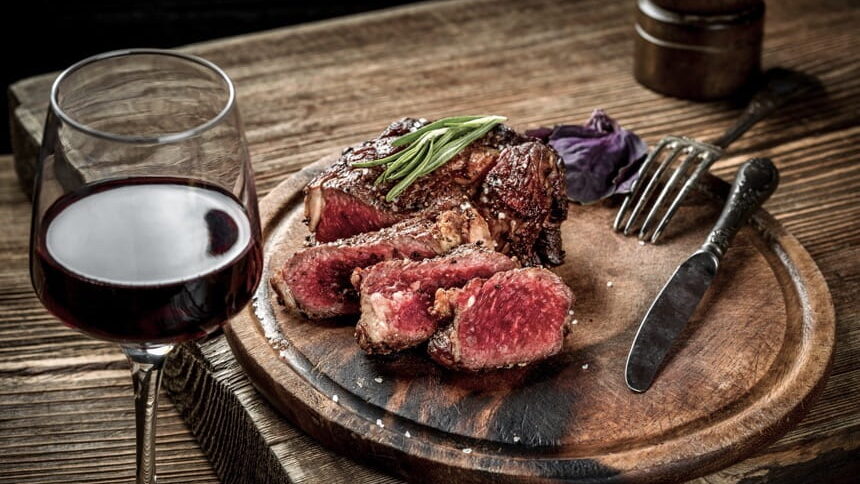
#Stoicism and #hedonism are two philosophical schools that offer different perspectives on how to live a good life and find happiness. Here’s a brief overview of the key differences between the two:
Goal of Life:
- Stoicism: The goal of life in Stoicism is to cultivate virtue and live in accordance with nature. Virtue, according to Stoicism, is the highest good and leads to eudaimonia (flourishing or well-being).
- Hedonism: Hedonism posits that the goal of life is to maximize pleasure and minimize pain. Pleasure, in the context of hedonism, is seen as the ultimate good.
Perception of Pleasure:
- Stoicism: Stoics do not reject pleasure entirely, but they believe that certain pleasures can be misleading or detrimental to our well-being. They advocate for moderation and suggest focusing on internal tranquility rather than seeking external pleasures.
- Hedonism: Hedonists prioritize pleasure and consider it the primary driver of a good life. They seek out pleasurable experiences and aim to maximize their enjoyment and satisfaction.
Attitude towards Pain and Suffering:
- Stoicism: Stoics believe that one should accept and endure pain and suffering with equanimity. They emphasize the importance of developing resilience and maintaining inner calm, even in the face of adversity.
- Hedonism: Hedonists seek to avoid pain and suffering as much as possible and prioritize the pursuit of pleasure and the absence of discomfort.
Attachment to External Circumstances:
- Stoicism: Stoics advocate for focusing on internal virtues and personal character rather than external circumstances. They encourage individuals to develop an inner strength that is not reliant on or influenced by external events.
- Hedonism: Hedonists often place importance on external factors such as material possessions, sensory experiences, and social status, as they believe these contribute to a pleasurable and fulfilling life.
Source of Happiness:
- Stoicism: Stoics find happiness through the cultivation of virtues such as wisdom, courage, self-control, and justice. They believe that true happiness comes from living in accordance with reason and virtue.
- Hedonism: Hedonists believe that happiness is derived directly from the pursuit and experience of pleasure. Pleasure, in hedonism, is seen as the ultimate source of happiness.
It’s worth noting that there are different variations and interpretations within both Stoicism and hedonism, and these descriptions provide a general overview of the contrasting ideas between the two philosophical approaches.
斯多葛主义(Stoicism)和享乐主义(Hedonism)是两种不同的哲学流派,它们对于如何过上美好生活和寻找幸福提供了不同的观点。以下是两者之间的主要区别的简要概述:
生活的目标:
- 斯多葛主义:斯多葛主义认为生活的目标是培养美德,并与自然相符。斯多葛主义认为美德是最高尚的善,并能带来幸福(eudaimonia)。
- 享乐主义:享乐主义认为生活的目标是最大限度地追求快乐,最小限度地避免痛苦。在享乐主义的语境中,快乐被视为最终的善。
对快乐的看法:
- 斯多葛主义:斯多葛主义者并不完全排斥快乐,但他们认为某些快乐可能会误导人或对我们的幸福产生不利影响。他们主张适度,并建议专注于内在的宁静,而非追求外部的快乐。
- 享乐主义:享乐主义者优先考虑快乐,将其视为良好生活的主要动力。他们追求快乐的体验,旨在最大限度地享受和满足自己。
对痛苦和苦难的态度:
- 斯多葛主义:斯多葛主义者认为人们应该以平静的心态接受和忍受痛苦和苦难。他们强调发展韧性和保持内心的平静,即使在逆境中也是如此。
- 享乐主义:享乐主义者尽可能地避免痛苦和苦难,优先追求快乐,追求无不适的状态。
对外部环境的依恋程度:
- 斯多葛主义:斯多葛主义者主张专注于内在的美德和个人品质,而非外部环境。他们鼓励个人发展一种内在的力量,不依赖于或受外部事件的影响。
- 享乐主义:享乐主义者常常重视物质财富、感官体验和社会地位等外部因素,他们认为这些因素有助于过上富有快乐和满足的生活。
幸福的源泉:
- 斯多葛主义:斯多葛主义者通过培养智慧、勇气、自制和公正等美德来找到幸福。他们认为真正的幸福来自于与理性和美德相符的生活。
- 享乐主义:享乐主义者认为幸福直接源自于追求和体验快乐。在享乐主义中,快乐被视为幸福的终极来源。
值得注意的是,在斯多葛主义和享乐主义内部存在不同的变种和解释,以上描述提供了这两种哲学观点之间对比的概括。
For other topics on wellbeing, you can find it here https://nickandmoney.com/category/wellbeing/
Follow me on Twitter: https://twitter.com/nickandmoney
nick and money – improve your finances and wellbeing